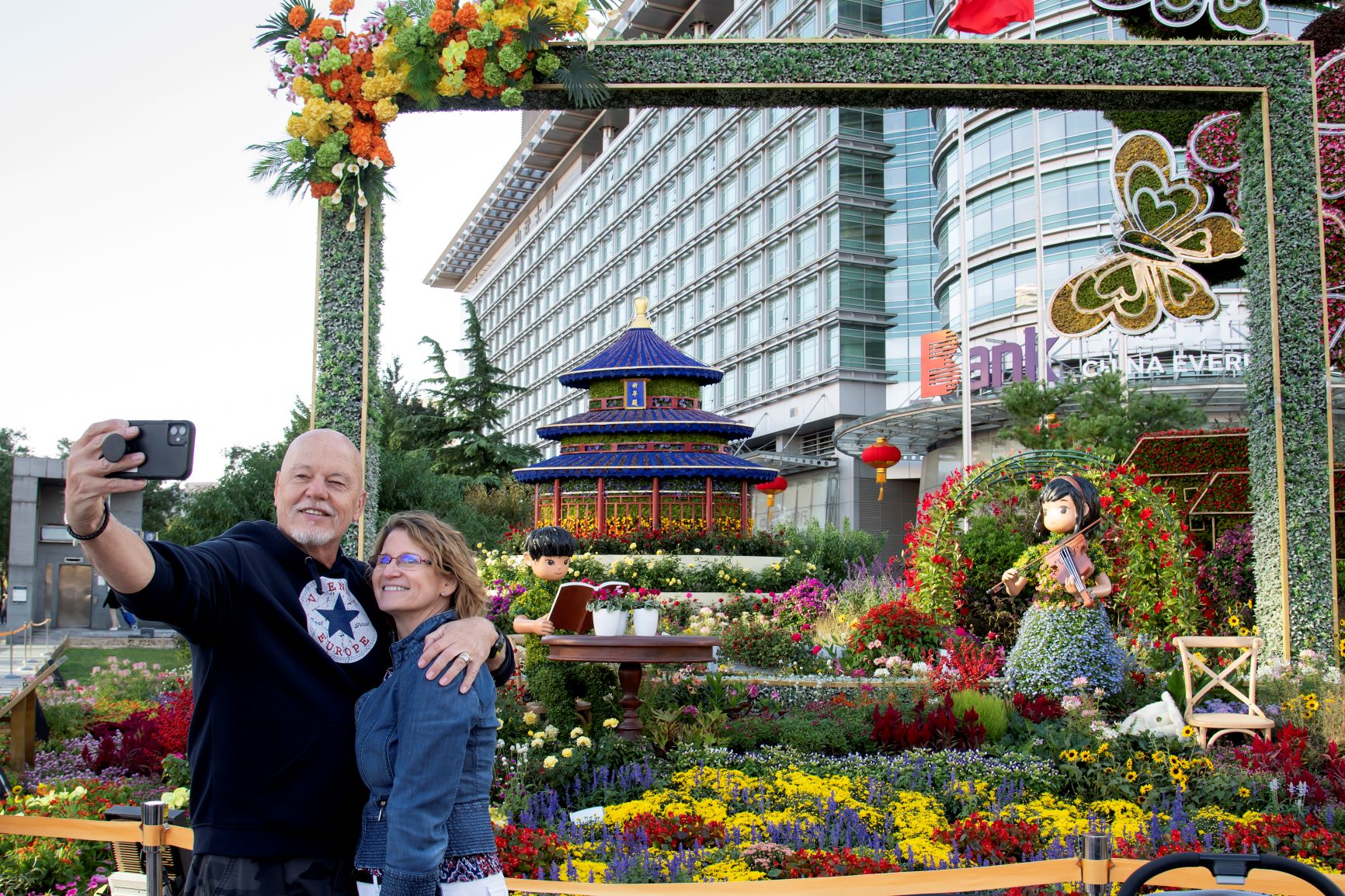
The National Day holiday has sparked a travel boom nationwide, reflected by data showing domestic tourism reaching record levels and a significant increase in foreign visitors.
According to the national railway operator China State Railway Group, the railways on Sunday alone were expected to experience a return travel peak, as the number of passengers is expected to reach 18.73 million on that day, with 1,432 additional trains planned by the operator.
READ MORE: China's railway network set record of 21.45m trips on first day of National holiday
Saturday saw 17.88 million travelers nationwide, marking over 17 million passengers for the sixth consecutive day, since the holiday travel started on Sept 29, the group said.
As of Sunday, more than 155 million tickets for holiday train trips have been sold on the national ticket sales system. The numbers are expected to stay high through the holiday, driven by a mix of tourism, family visits and student travel. The national railway operates an average of over 12,000 trains daily, the operator said.
Dai Bin, head of the China Tourism Academy, told China Central Television that based on the travel patterns, booking indices and local preparations for the holiday season, the number of travelers during this year's National Day holiday is expected to hit a record high.
Hsieh Yi-ting, a tourist from Taiwan, visited the Tianshan Mountains in the Xinjiang Uygur autonomous region during the holiday."We drove to an ethnic village recently. The food here is something I've never tried before in my hometown. I love the scenery and food in Xinjiang," she said.
In metropolises such as Shanghai, transit systems enhanced safety measures during the holiday. The Shanghai Metro has extended service hours and limited access to certain stations at popular scenic spots during peak times to manage the influx of shoppers and revelers.
Inbound tourism has also experienced a resurgence during the week-long holiday. For example, at Beijing's Silk Street Market, the number of foreign visitors during the holiday increased over 50 percent year-on-year, with sales doubling from the previous year, CCTV reported.
The Central Axis of Beijing, the newly recognized UNESCO World Heritage Site, has also seen a notable increase in sales of its cultural products and silk garments, it added.
Chen Linan, a public relations manager at travel agency Trip.com Group, said trip orders from overseas tourists during the holiday have surged more than 60 percent, with many extending traveling days in China to more than a week.
Thanks to measures facilitating foreign tourists' entry to China, such as an expanded 144-hour visa-free transit policy for 54 countries, a wave of foreign social media influencers has flocked to the country since this summer to share their travel experiences.
A British family of five shared their trip to Southwest China's Chongqing during the holiday on short video platform Douyin. In videos posted by "The Hutchinsons", the family experienced the night view of Hongyadong and tried the spicy hotpot.
ALSO READ: Hainan's tourism rekindles during National Day holiday after typhoon
"We came out on the busiest day of the year, the National Day, and this is an incredible experience," the father of the family said in a video, describing that in scenic spots, there are "people mountain people sea" — a localized English expression in China to describe the massive crowds.
Walking around the streets in Chongqing, the father said he noticed that many loudspeakers can be found lying on the floor or sticking in a shop, repeating words that he could not understand. After knowing the devices are often used to effectively highlight some information such as discounts at scenic spots or stores in China, the vlogger said in his video:"This is something I've never seen in other countries. But I guess if you want to get your message across, it's a great way."
Before National Day, the Ministry of Transport estimated that 1.94 billion people would travel across regions during the holiday, a 0.7 percent year-on-year increase and a 19.4 percent rise from 2019.


